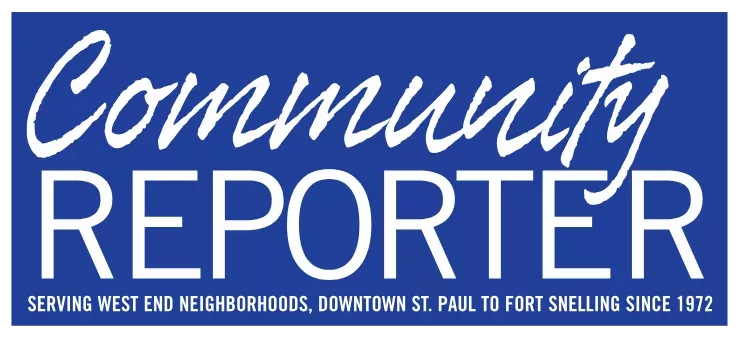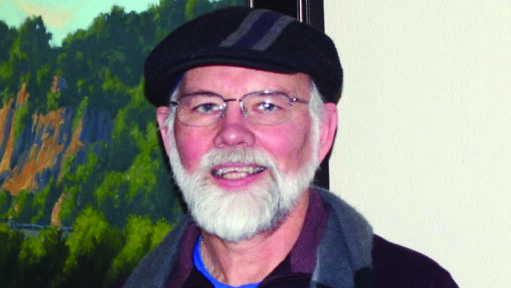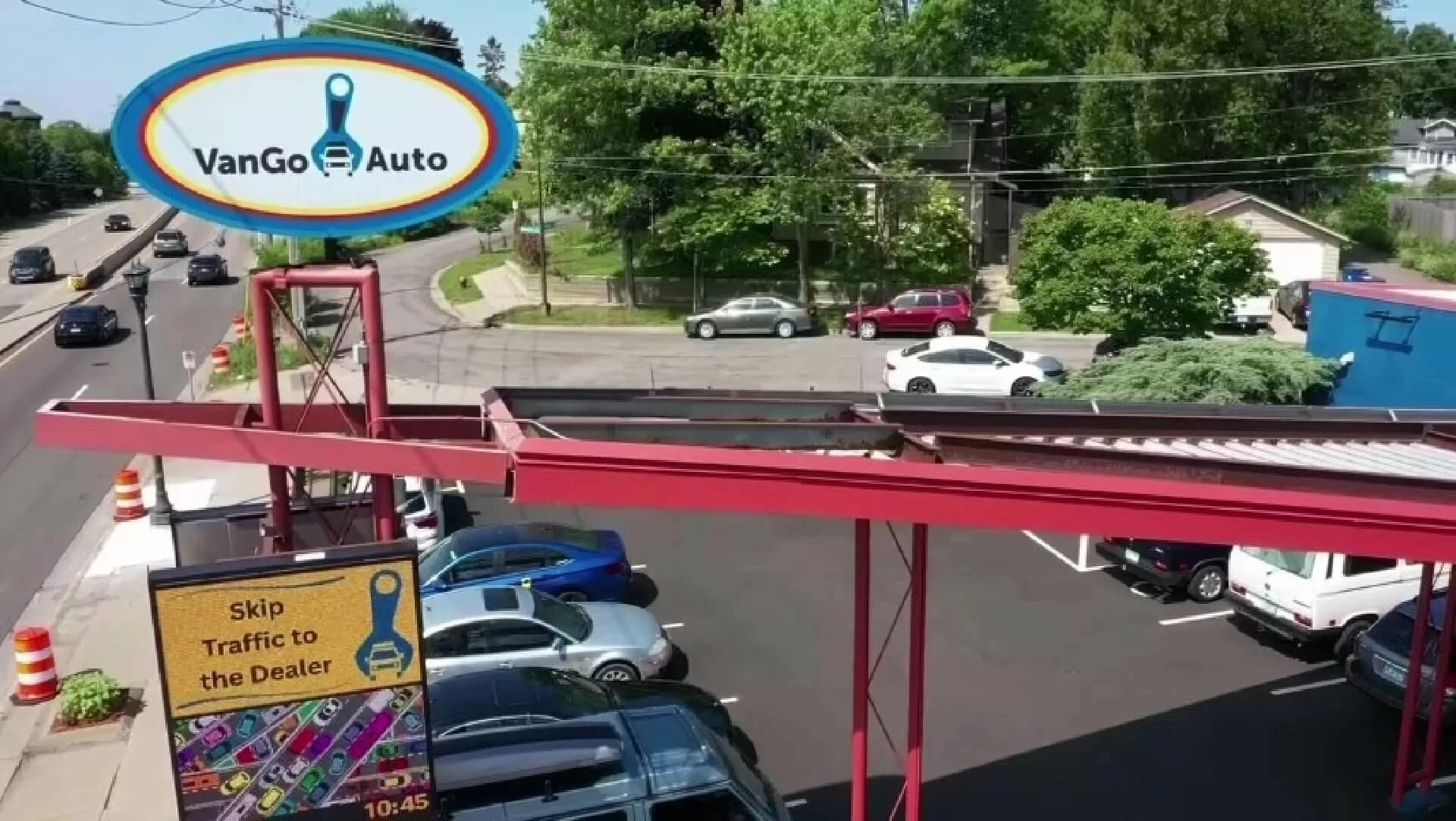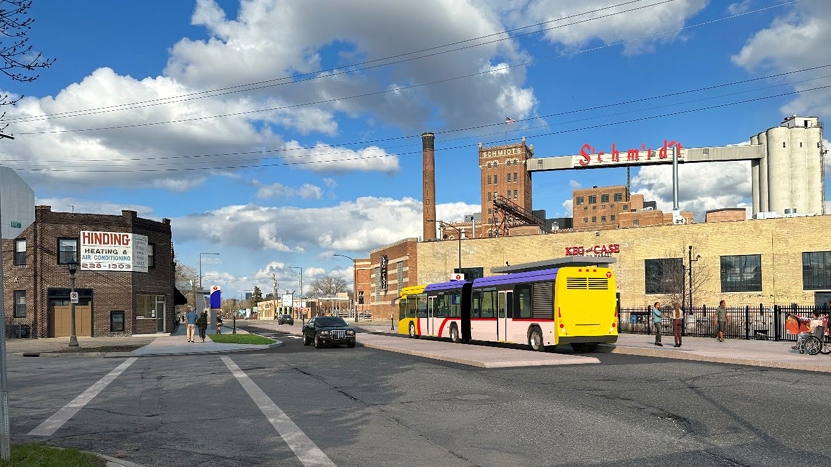Building Community
Riding or hiking along the banks of the Mississippi is one of the delights and benefits of having Crosby Farm Regional Park in our backyard. Head down one of the roads or paths leading to the trails and one immediately transitions from the heart of urban living to a natural environment where one quickly forgets the city landscape is only minutes away. The name Crosby Farm reflects a marking of history and geography that centers European immigration at the expense of the Dakota and other Indigenous people that lived here prior to European arrival.
According to the National Park Service, Thomas Crosby farmed his 160 acre farm from 1858 to 1886, making it the longest running farm in the West End/Highland area. Left out of this history is the 1851 treaty of Traverse des Sioux in which the Dakota were forced and manipulated into giving up most of Southern Minnesota, including the land Crosby would soon purchase. This large area was taken in exchange for 20 miles of land alongside the Minnesota River and a payment of $3.750 million that the Dakota never received. Among the things we miss with an abbreviated telling of the story are the vital Indigenous societies that existed here and throughout the country before European arrival. The banks of the Mississippi River are spiritually and materially central to the Dakota story.
Our bike ride on that gorgeous spring day took us through the land on which the Dakota lived and Crosby farmed, with the trail often taking us alongside the Mississippi. We had attempted to make the ride in 2022 but discovered that the spring flooding had left huge piles of sand, making the trail impassable. We tried again in 2023, but to our frustration we found the trail still closed, leaving us wondering why it was taking the park service so long to clean up the River’s deposit. When we tried the trail this spring we got our answer. Apparently the park service decided that because the River’s flooding was becoming a regular enough occurrence (think climate change) that it no longer made sense to insist the trail remain where it is, closely following the river. Instead in a particularly flood prone, sand depositing section, a new trail has been created that moves deeper into the woods and further from the river, lessening the trail closures and costly cleanups that we now face with some frequency.
In many respects the park service’s decision to forge a new trail is a good illustration of decision making that would serve us all well when faced with obstacles or problems that seem unresolvable. If approached in a binary way, as if the only choices available were closing the trail permanently or forever engaged in costly clean up, no one would have been satisfied with the outcome. Instead the park service found a third option, an alternate route that enables us city dwellers continued access to this natural preserve and place of tranquility.
Too often in our personal lives and our community lives we allow ourselves to become locked in with binary choices, an approach that is strongly reinforced in this season of deep polarization. In her book “Wisdom of the World,” Sister Joan Chittister speaks about the Buddhist tradition of detachment, which never means lack of care, but simply letting go of specific outcomes. Drawing on this Buddhist tradition she states, “Everything changes, and so everything must be held with open hands lest it stick to our souls like cement, weigh us down and bow our souls.” St. Ignatius, the founder of the Jesuits, wrote about “indifference” as a core spiritual practice. Again, his indifference has nothing to do with lack of caring, but rather stands as an invitation to letting go of singular outcomes, leaving us open to alternative options.
One can only wonder how things might have been different for the Dakota, European immigrants and the land if there was a greater openness to alternative paths. The ride on that beautiful spring day took us to Hidden Falls and back. I am grateful for the people who created that alternative path.








Leave a Reply